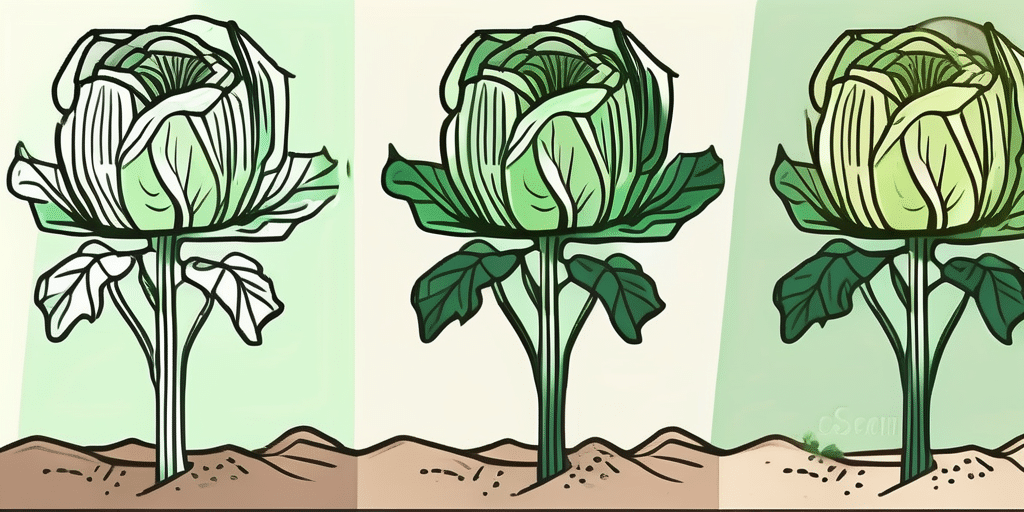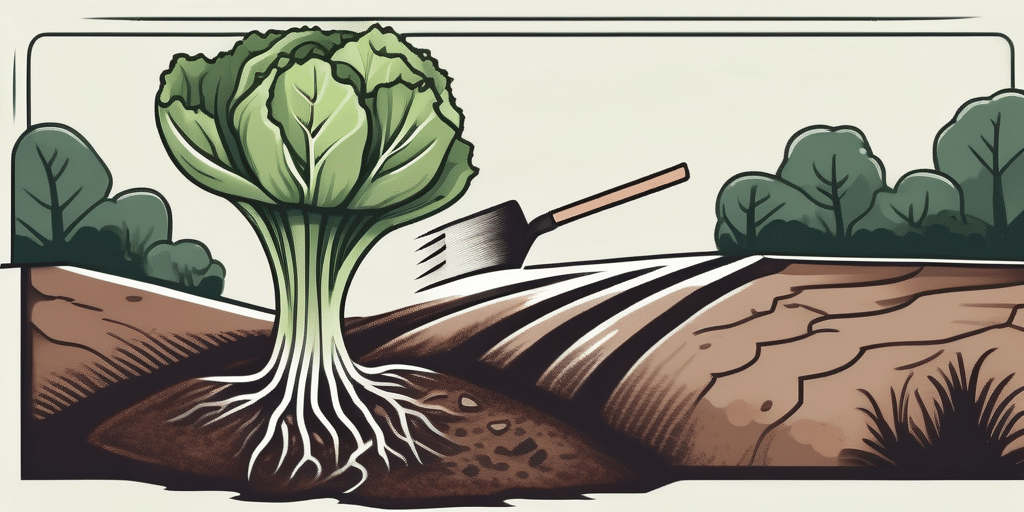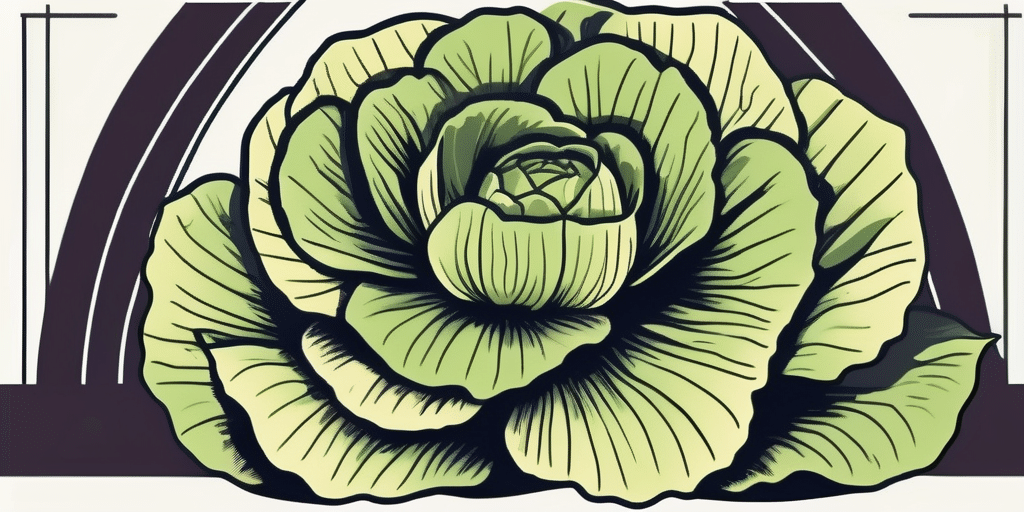Growing Napa cabbage indoors is an exciting and rewarding endeavor. This leafy green vegetable, also known as Chinese cabbage, is a staple in many Asian cuisines and is gaining popularity worldwide due to its nutritional benefits and versatility in cooking. Whether you’re a seasoned gardener or a beginner, this guide will provide you with all the necessary steps and tips to successfully grow Napa cabbage indoors.
Understanding Napa Cabbage
What is Napa Cabbage?
Napa cabbage, scientifically known as Brassica rapa subsp. pekinensis, is a type of Chinese cabbage that originates from East Asia. Unlike the regular cabbage, Napa cabbage has elongated leaves that are crinkled and pale green in color. It’s known for its mild flavor and tender texture, making it a versatile ingredient in various dishes.
According to the USDA, Napa cabbage is rich in vitamins A, C, and K, and also contains significant amounts of folate and calcium. It’s low in calories and high in fiber, making it a healthy addition to any diet.
Why Grow Napa Cabbage Indoors?
Growing Napa cabbage indoors has several advantages. Firstly, it allows you to have fresh, organic produce at your fingertips all year round, regardless of the weather conditions outside. Secondly, indoor gardening can be a fun and therapeutic activity, providing a sense of accomplishment when you harvest your own vegetables.
Moreover, Napa cabbage is relatively easy to grow indoors, making it a great choice for beginners. It’s also a fast-growing vegetable, with a typical harvest time of 50 to 85 days from planting, according to the University of Minnesota Extension.
How to Grow Napa Cabbage Indoors: A Step-by-Step Guide
Materials Needed
Before you start, gather all the necessary materials. Here’s what you’ll need:
- Seeds or seedlings of Napa cabbage
- A pot or container with drainage holes
- Potting soil
- Fertilizer
- A sunny window or grow light
- Watering can
Step-by-Step Instructions
Once you have all your materials ready, follow these steps to grow Napa cabbage indoors:
- Prepare the Pot: Choose a pot or container that’s at least 12 inches deep and wide. Ensure it has drainage holes to prevent waterlogging. Fill the pot with a good quality potting soil, leaving about an inch from the top.
- Plant the Seeds: Sow the Napa cabbage seeds about 1/4 inch deep into the soil. If you’re using seedlings, make a hole in the soil large enough to accommodate the root ball, then place the seedling in the hole and cover it with soil. Space the seeds or seedlings about 12 to 18 inches apart to allow for growth.
- Provide Light: Place the pot in a sunny window where it can receive at least 6 hours of sunlight each day. If you don’t have a suitable window, you can use a grow light instead.
- Water Regularly: Water the Napa cabbage regularly to keep the soil consistently moist, but not soggy. Overwatering can lead to root rot and other diseases.
- Fertilize: Apply a balanced fertilizer every two weeks to provide the necessary nutrients for growth. Follow the manufacturer’s instructions for the correct dosage.
- Harvest: Harvest the Napa cabbage when the heads are firm and the leaves are crisp. This usually occurs 50 to 85 days after planting, depending on the variety.
Common Problems and Solutions
Pests and Diseases
Like any other plant, Napa cabbage can be affected by pests and diseases. Some common pests include aphids, cabbage worms, and slugs. To control these pests, you can use organic pesticides or introduce beneficial insects like ladybugs into your indoor garden.
As for diseases, Napa cabbage is susceptible to black rot, clubroot, and downy mildew. To prevent these diseases, ensure good air circulation around the plants, avoid overwatering, and use disease-free seeds or seedlings.
Light and Temperature
Napa cabbage prefers cool temperatures and plenty of light. If your indoor environment is too warm or doesn’t provide enough light, the plants may become leggy or fail to form heads. To remedy this, adjust the temperature and light conditions as necessary.
Conclusion
Growing Napa cabbage indoors can be a rewarding experience, providing you with fresh, nutritious produce and the joy of gardening. With the right materials and care, you can easily grow this versatile vegetable in your own home. So why not give it a try? Happy gardening!
Join Our Green-Thumbed Community
Ready to take your indoor gardening to the next level? Subscribe for free to How to Grow Everything and learn how to build the garden of your dreams! Receive personalized gardening advice tailored to your location, grow zone, and experience level. Enjoy the best gardening tips, special offers, and deals delivered straight to your inbox—no spam, just pure gardening gold. It’s 100% free, from our family to yours. Start growing your Napa cabbage and thousands of other plants with confidence. Join our community today!





